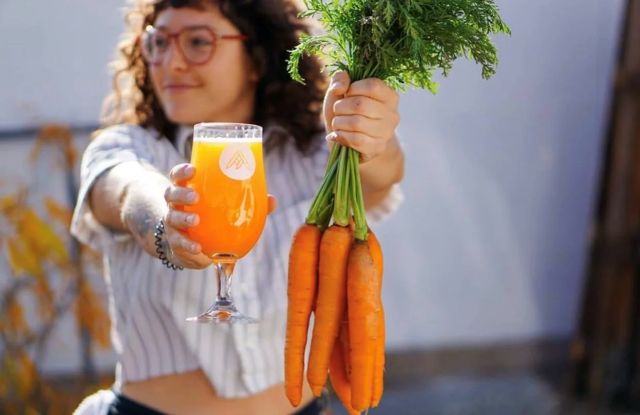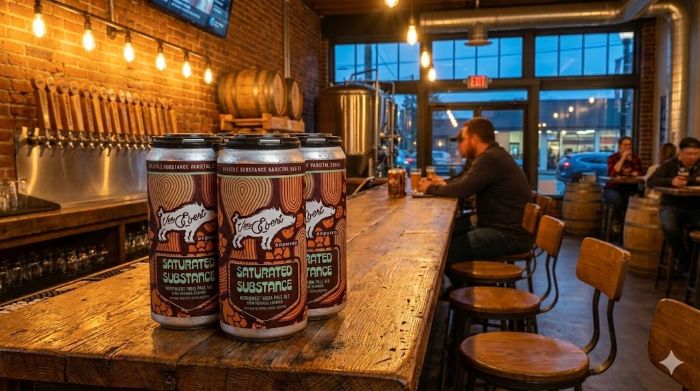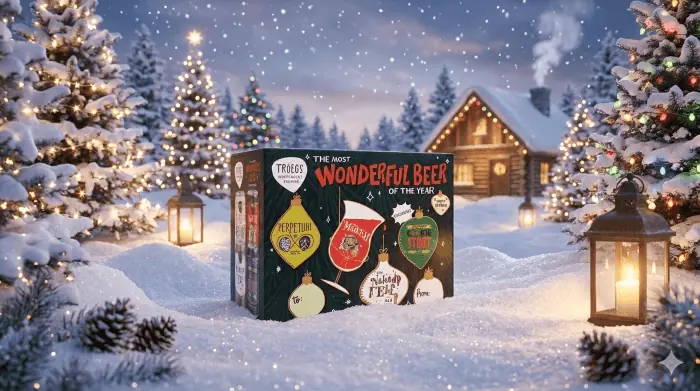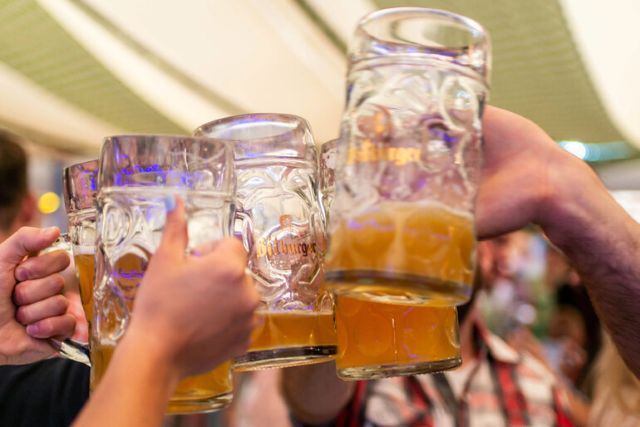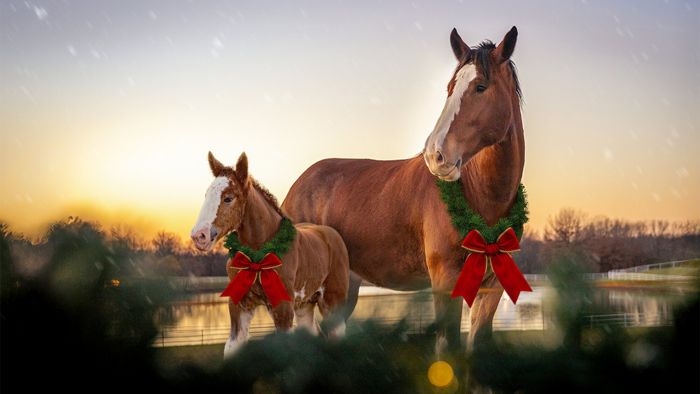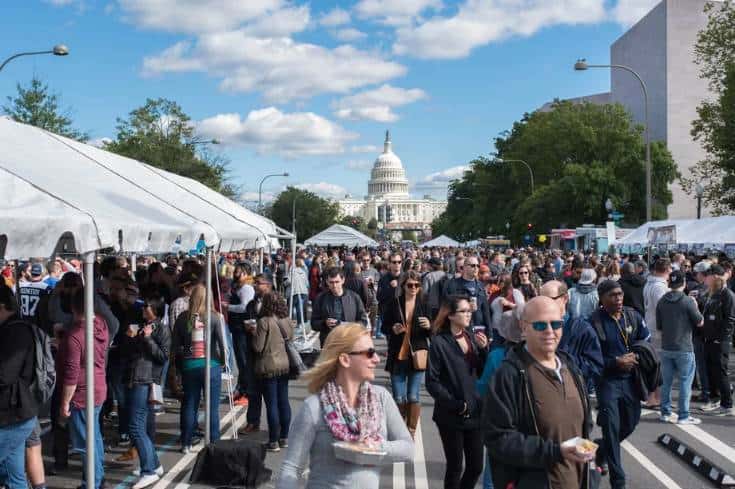The Art Of Dry-Hopping Craft Beer
The Art Of Dry-Hopping Craft Beer

Dry-hopping is a brewing technique, renowned for its ability to amplify the aroma and flavor profile of beer without adding bitterness, that has become a staple in the craft beer industry.
This process, which involves adding hops during or after fermentation, allows brewers to create complex and aromatic brews without adding additional bitterness.
So let’s start with some hop basics…
Hops are the flowers, or cones from a plant called humulus lupulus. They were originally added to beer as a preservative but fast became a key component of a beer’s aroma and flavor and bitterness.
Although hops are grown in different regions around the world, they’re super-picky about where they can flourish. And latitude and climate play a big part in where they grow best.
The sweet spot for hops is between the 35th and 55th parallels in both hemispheres. This concise latitudinal range allows for long and hot summer days, and equally as important, cold winters which nurture the dormant plant.

(Courtesy Markus Spiske / Unsplash)
All of the world’s major hop growing regions from the Pacific Northwest of the United States to England, Belgium, and Germany in Europe and the emerging New Zealand industry in the Southern Hemisphere are found between these uber-specific parallels.
In the early years of craft beer the West Coast IPA dominated the scene. Breweries like Stone and Russian River led the charge, fashioning big IPA’s, the more bitter the better.
But with the emergence of what was initially called the New-England IPA and beers like The Alchemist’s Heady Topper, the public became more interested in the Hazy IPA style, beers that took the hop experience in a softer and more juicy direction. And American craft brewers began leaning heavily into dry-hopping to achieve many of those goals as well.
So what is dry-hopping?
The Dry-Hopping Process
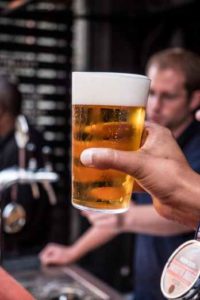 Timing: Unlike traditional hopping methods where hops are added during the boil, dry-hopping occurs either during the latter stages of fermentation (primary fermentation) or after fermentation is complete (secondary fermentation). This timing influences the extraction of hop oils and aroma compounds without introducing significant bitterness.
Timing: Unlike traditional hopping methods where hops are added during the boil, dry-hopping occurs either during the latter stages of fermentation (primary fermentation) or after fermentation is complete (secondary fermentation). This timing influences the extraction of hop oils and aroma compounds without introducing significant bitterness.
Hop Selection: The choice of hops is a big part of the art of dry-hopping. Popular varieties like Citra, Mosaic, and Cascade are favored for their strong aromatic properties, and rich citrus, pine, floral, and tropical fruit notes. But brewers are always experimenting with different hop combinations and exploring different flavor profiles to keep things interesting
Hops added at the beginning of the wort boil primarily contribute bitterness, dry-hopping has also been called “late hopping,” (the addition of hops at the end of the boil).
Dry-Hopping Benefits
- Enhanced Aroma: The primary advantage of dry-hopping is the rich, aromatic bouquet it adds to the beer, making it more appealing to the senses without adding additional bitterness
- Flavor Complexity: Dry-hopping introduces subtle flavors that complement the malt and yeast character, resulting in a well-rounded beer.
Dry-Hopping Challenges
- Oxidation Risk: Introducing hops post-fermentation increases the risk of oxidation, which can lead to off-flavors. Brewers must take precautions to minimize oxygen exposure.
- Haze Formation: Dry-hopping can contribute to a hazy appearance, which is uber-desirable in styles like New England IPAs, but less so in others.
- Hop Utilization: Efficient extraction of hop oils can be tricky, requiring precise control over contact time and temperature.
With the exception of Fresh Hop beers, which primarily happen in the Pacific Northwest around hop harvest season when un-kiln-dried hops are added to the brewing process, nearly every beer in the world is dry-hopped.
But with the emergence of the hop-happy craft beer movement the term “dry-hopping” became more prominent as a marketing vehicle in the beer biz.
Beers are now celebrated as being “double dry-hopped” or “triple dry-hopped to help explain the many stages of hop additions that a beer has received to boost its flavor and aroma.And with that the term dry-hopping came into its own, as a way for craft breweries to promote a beers hoppiness, its vibe, as well as its character, to hopheads all over the world.
Bottom Line
It’s far from hyperbole to say that “dry-hopping has revolutionized craft brewing.”
And as brewers continue to innovate, dry-hopping remains a vital practice, generating the kinds of beers that captivate beer enthusiasts around the world.

